Author: Grace Pan
Date: 10 June 2025
Some time ago I wrote a couple of essays about the story and designs of the world’s famous luxury brand Hermès. As we (Docsun) are a manufacturer of silk scarves, I especially focused on the scarf designs which quite a few readers replied me saying they are inspired by the resources (Art of Hermès Scarves: an Analysis with 7 Famous samples). Thank you for your support!
Last week as I was introducing another luxury fashion brand Pucci, their fame in silk scarf designs really caught my eyes (Emilio Pucci: The Prince of Prints and the Master of Italian Elegance). That gives me a thought: if we put the two together, what interesting findings we would have to inspire the silk scarf industry?
When it comes to luxury silk scarves, few names hold as much weight as Hermès and Emilio Pucci. Both heritage fashion houses have made silk scarves not just accessories, but iconic fashion statements. Yet, while they share the silk canvas, their approaches diverge significantly—one rooted in aristocratic tradition, the other in vibrant modernism.
History and Culture: Parisian Prestige vs. Italian Jet Set
Hermès was founded in 1837 in Paris as a harness workshop, deeply tied to equestrian culture. By 1937, the brand launched its first silk scarf, the Carré, inspired by horse bridles and ceremonial designs. Over the decades, the scarf evolved into a canvas for storytelling, referencing French history, mythology, nature, and travel. Their scarves are often viewed as heirlooms—objects of culture and artistry passed down through generations.

Emilio Pucci, by contrast, was born out of post-war optimism and the glamour of the Italian Riviera. A Florentine aristocrat, Emilio introduced his silk scarves in the 1950s as part of a colourful world influenced by Mediterranean landscapes and modern art. His rise coincided with the jet-set era, appealing to free-spirited women drawn to travel, leisure, and expressive fashion. The scarf was not a relic—it was alive, kinetic, and made for movement.
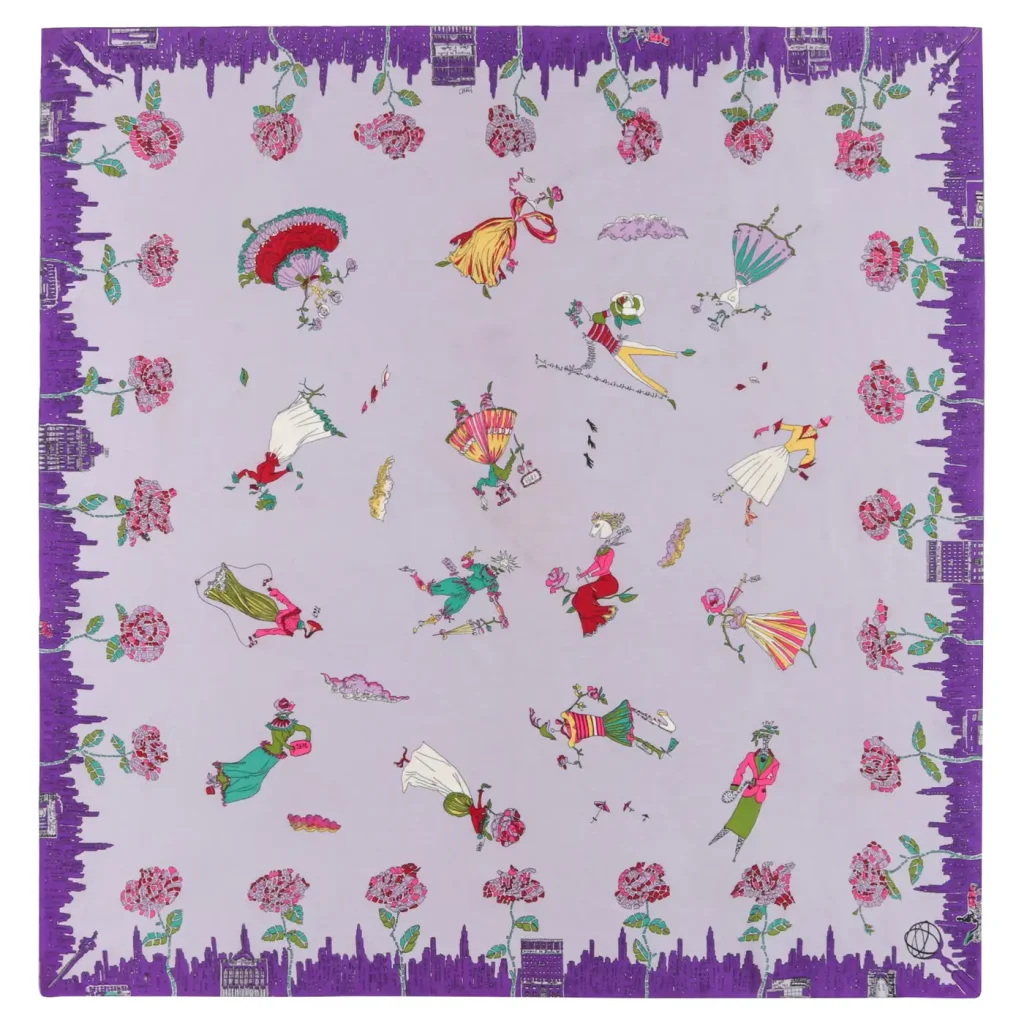
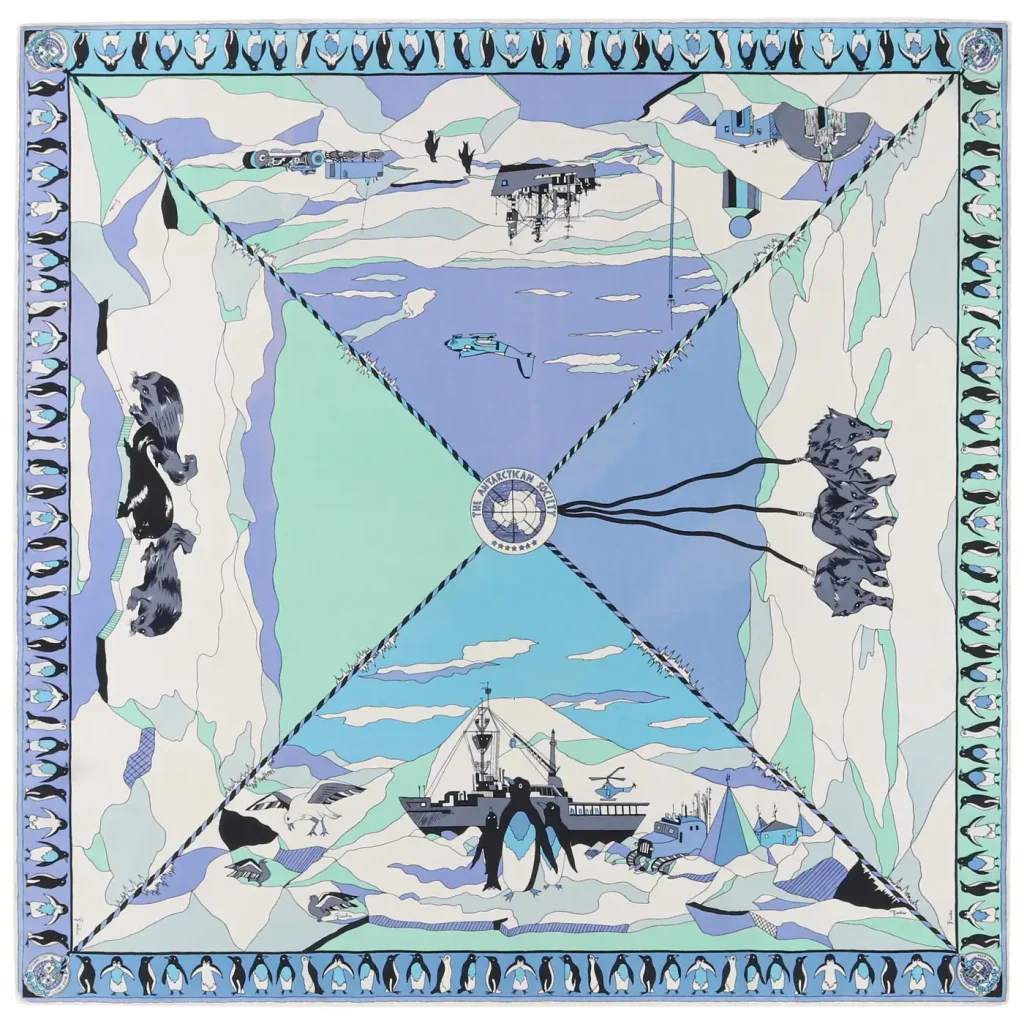
Fame and Design: Storytelling vs. Sensory Impact
The design language of Hermès scarves is intricate, detailed, and narrative-driven. A typical scarf may feature a scene of Napoleon’s court, an exotic bird in flight, or maps of ancient trade routes. Each piece is a collaboration with artists and undergoes extensive research and preparation. Their designs feel timeless—traditional yet artistic, with an emphasis on symmetry and balance. Even the use of colour is deliberate, leaning toward elegant hues like deep emeralds, rusts, and soft golds.
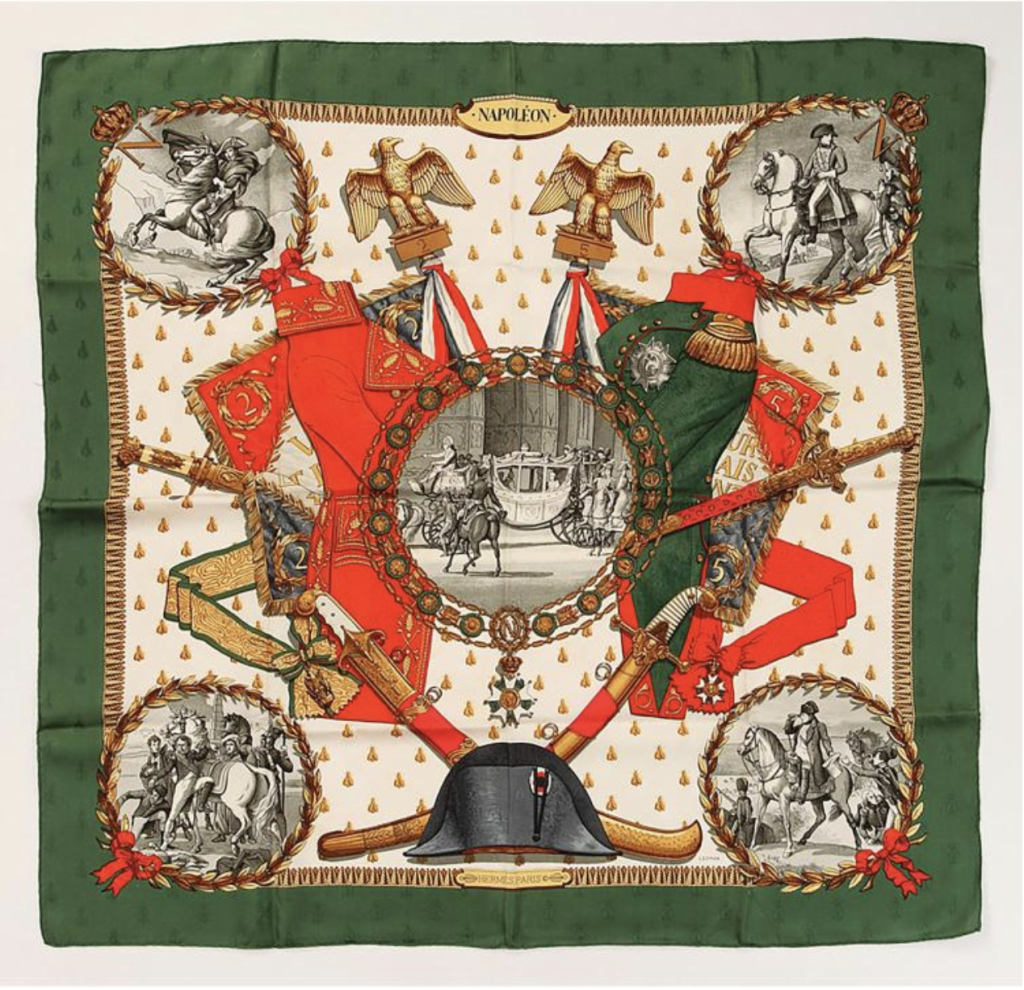
Pucci designs, on the other hand, are about energy and movement. The house’s signature aesthetic—bold, swirling prints in colours like fuchsia, aqua, lemon yellow, and turquoise—has become synonymous with joy and freedom. Rather than literal stories, Their scarves evoke emotion and visual stimulation. The prints are geometric, almost psychedelic, yet surprisingly sophisticated when styled well. They’re instantly recognisable and often associated with resort wear, bohemian luxe, and 60s-70s revival.
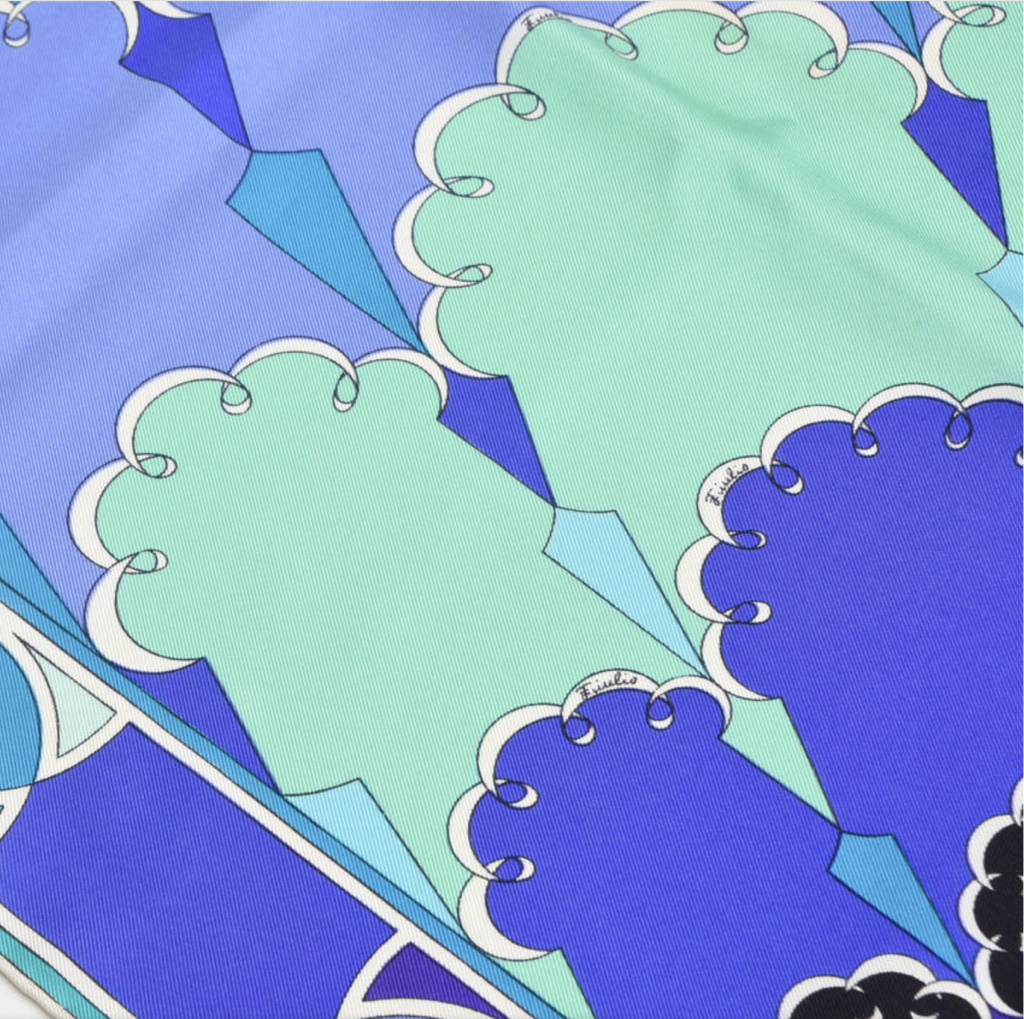
Quality and Craftsmanship: Precision vs. Fluidity
When it comes to craftsmanship, both brands uphold high standards, but with different approaches.
Hermès scarves are renowned for their rigorous production process. Each design takes up to 18 months from concept to final product, using traditional screen-printing techniques in Lyon. A single scarf may involve up to 45 separate colour applications. The silk is weighty, with a signature firmness and hand-rolled edges sewn with the tiniest precision. It’s a collector’s dream.
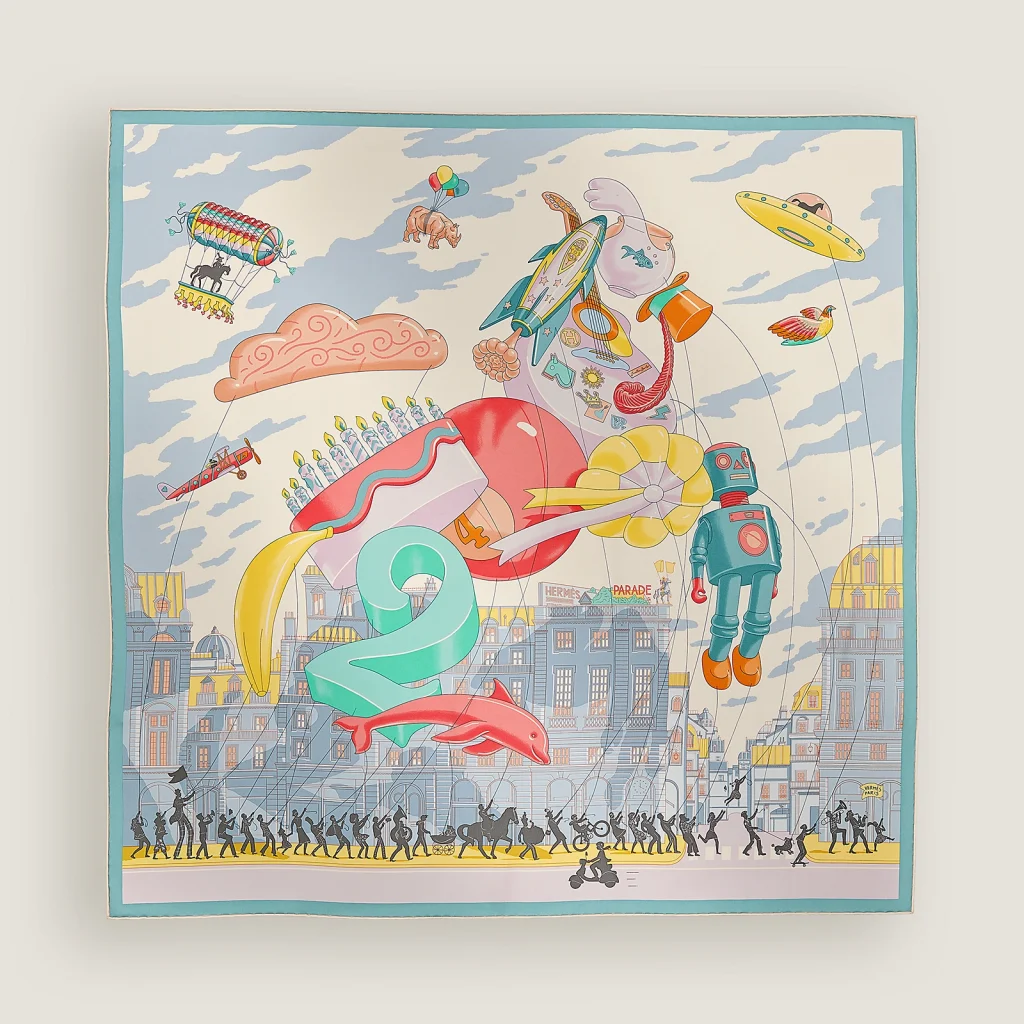
This piece combined classic and modern tastes together with great details.
Pucci silk scarves, while equally luxurious, offer a more fluid and wearable feel. The silk twill or silk jersey used is lighter, reflecting the brand’s focus on movement and comfort. While the printing process is also artisanal, the designs favour spontaneity and rhythm over detail-heavy narratives. The scarves often feel like they’re made for everyday wear, where elegance doesn’t compromise ease.
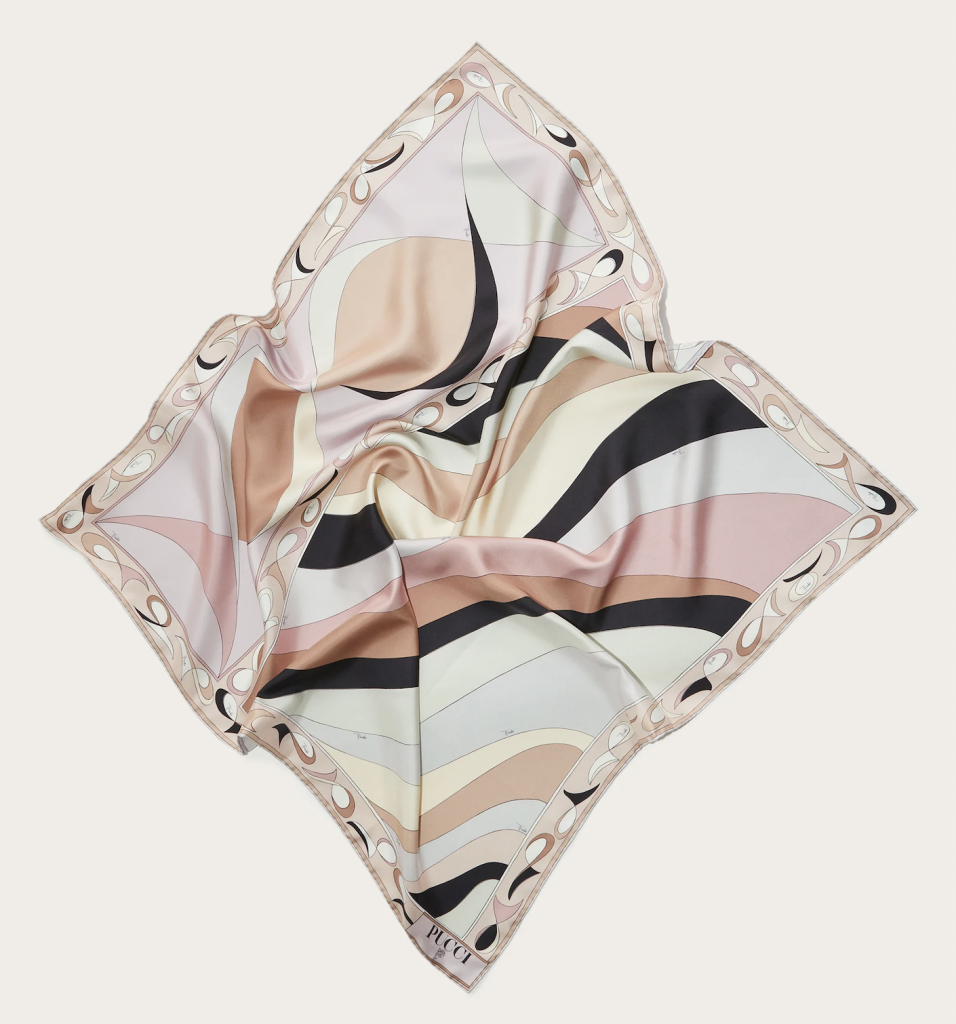
This piece gives a soft colour combination with geomatic curves which is great for matching various outfits.
Aimed Markets: Heritage Collectors vs. Expressive Trendsetters
Hermès targets an affluent, often older demographic that values tradition, exclusivity, and investment fashion. Many of its customers are collectors, professionals, or those with old-money tastes. Prices are high, and resale value is strong. Their scarves are regularly appreciated over time, especially limited editions or vintage designs.

Pucci, in contrast, appeals to a younger, more adventurous market. Its clientele includes fashion-forward women in their 20s to 40s who gravitate toward colour, personality, and bold self-expression. While still positioned in the luxury segment, the brand offers a more approachable entry point and is popular among influencers, artists, and global tastemakers seeking fresh, standout accessories.
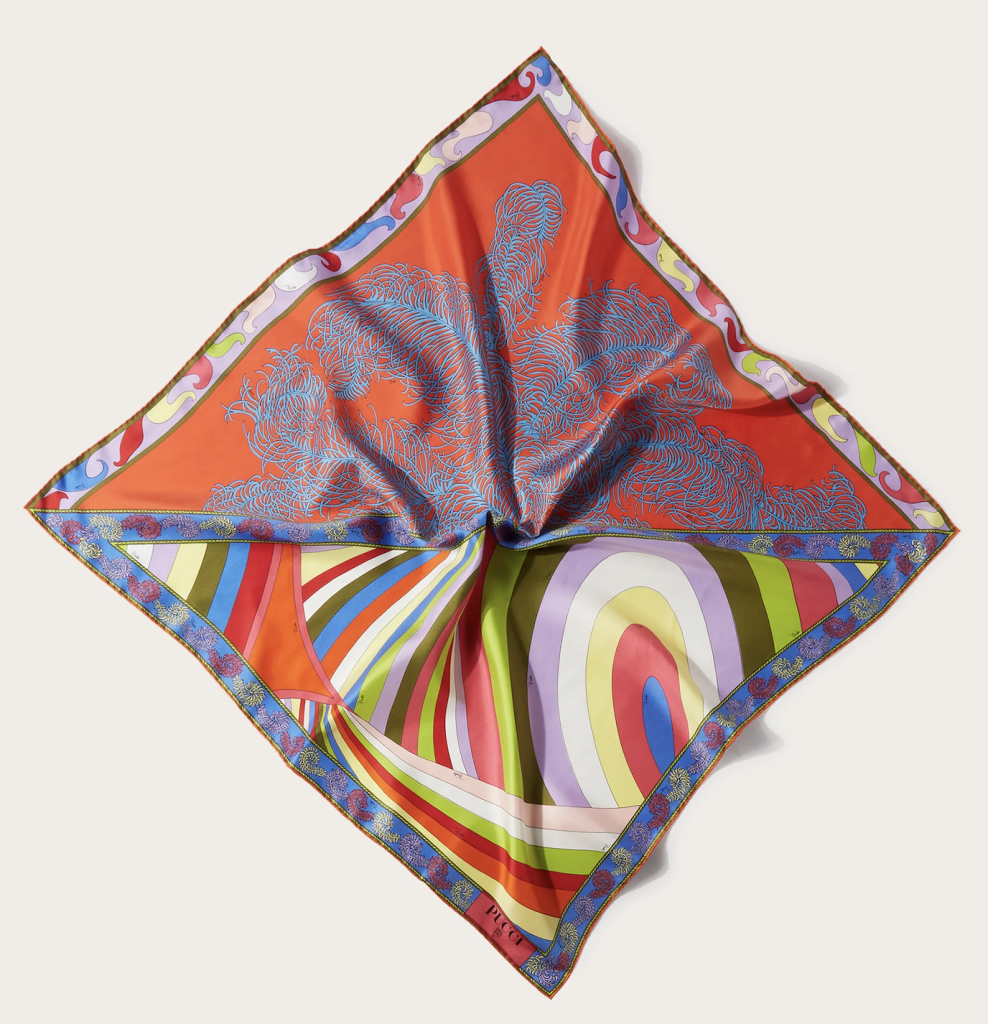
The Future: Classic Legacy vs. Modern Revival
Looking ahead, both the brands are navigating their futures differently.
Hermès remains steadfast in its commitment to tradition and quality. While it has introduced fresh collaborations and digital elements (e.g., digital scarf try-ons, artist features), its core audience still values continuity and timelessness. The brand isn’t chasing trends—it sets its own pace, cultivating longevity.
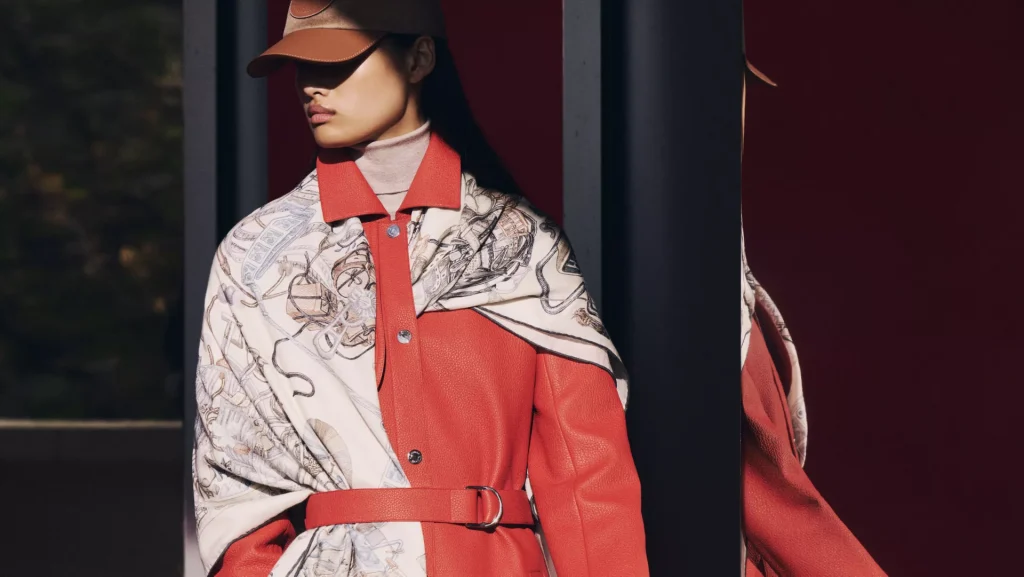
Pucci, under LVMH, is undergoing a vibrant revival. With a renewed focus on modern silhouettes and digital engagement, the brand is actively reintroducing itself to younger global markets. Recent collections embrace streetwear elements, minimalist interpretations of classic prints, and capsule releases with influencer appeal. The scarf remains a key player—but it’s now styled as a headwrap, bandeau, or even a mini top in TikTok reels.
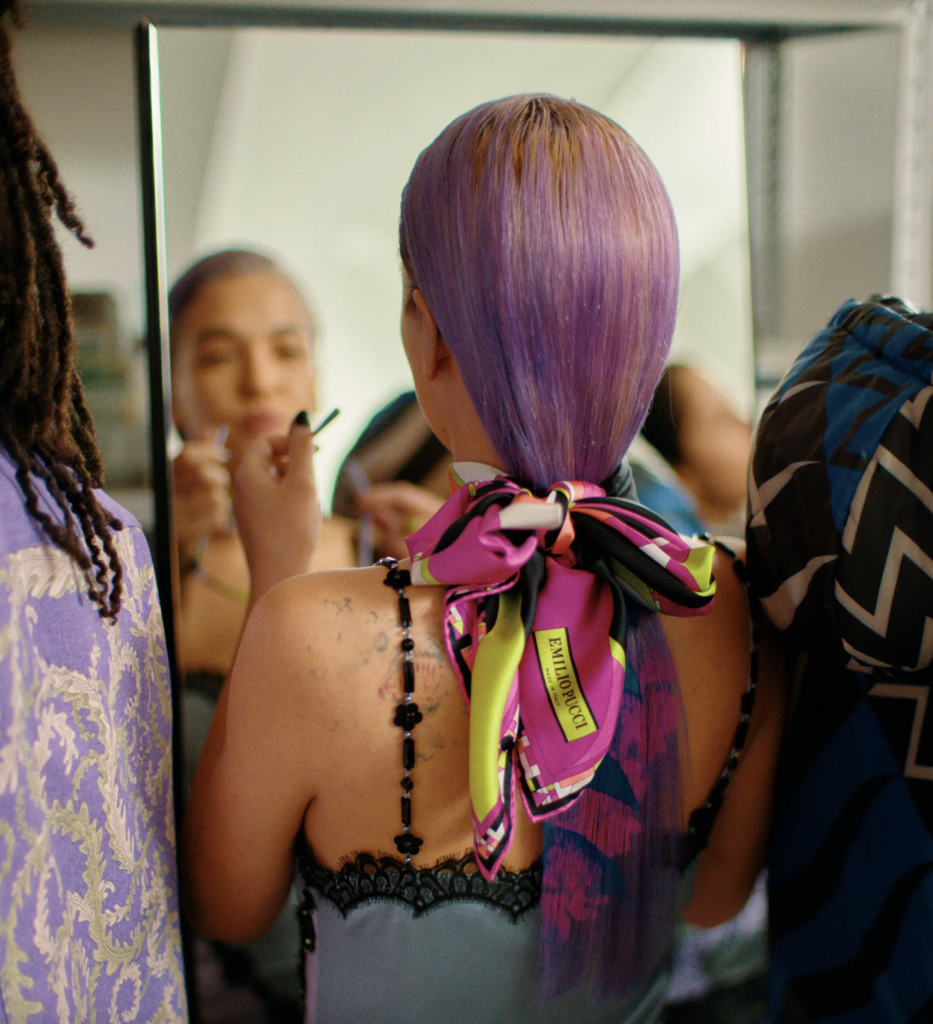
Source: https://www.vogue.co.uk/miss-vogue/gallery/pucci-scarf-aw20
Two Worlds, One Silk Canvas
While they both celebrate the artistry of silk scarves, they do so from vastly different vantage points. Hermès is a symbol of refined heritage—sophisticated, dignified, and eternal. Pucci, by contrast, is a burst of Mediterranean vitality—bold, liberating, and effortlessly chic.
Choosing between the two is less about quality and more about personal style and story. Do you want to wear a piece of history—or make a statement about who you are now?
In the ever-evolving world of fashion, both brands prove that a square of silk, when crafted with vision and soul, can be far more than just an accessory—it can be an identity.
Our Big Fame in Prints celebrates the legacy of the world’s most famous textile and print pioneers. This series delves into their business story, timeless designs, and enduring influence on global fashion, interiors, and cultural aesthetics.]
Other articles under this series:
Emilio Pucci: The Prince of Prints and the Master of Italian Elegance
Timeless Nature: 10 Famous William Morris Patterns and Their Enduring Legacy
William Morris: The Visionary Behind History’s Most Beautiful Designs
From War to Wow: How Missoni and Marimekko Changed Fashion with Colour and Creativity
The Story of Marimekko: Global Success in Bold Visions
Art You can Wear – Vera Neumann, A Timeless Visionary in Colour and Pattern
Vera Neumann: The Woman Who Made Scarves a Canvas of Art
Missoni: The Legacy of Italian Knitwear and its Iconic Patterns
Timeless Knitwear with Missoni Designs and its Brand Inference
Saddles to Silk: The Evolution of Hermès into a Global Luxury Icon
The Art of Hermès Scarves: A Brief Analysis That Defines Luxury
Liberty – The Fascinating History and Its Iconic Fabric Prints
Liberty Patterns – The Artistry and Versatility of its Timeless Elegance
If you would like to learn more about fabric, craftsmanship, manufacturing process, or need further cooperation, please email us via the email address vip@docsunhomeandliving.com, or click the image below to visit our official website. Also you can visit Docsun Silk for Daily outfit guidance.
2024.11-300x300.png)
www.docsunhomeandliwww.docsunhomeandliving.comving.com
